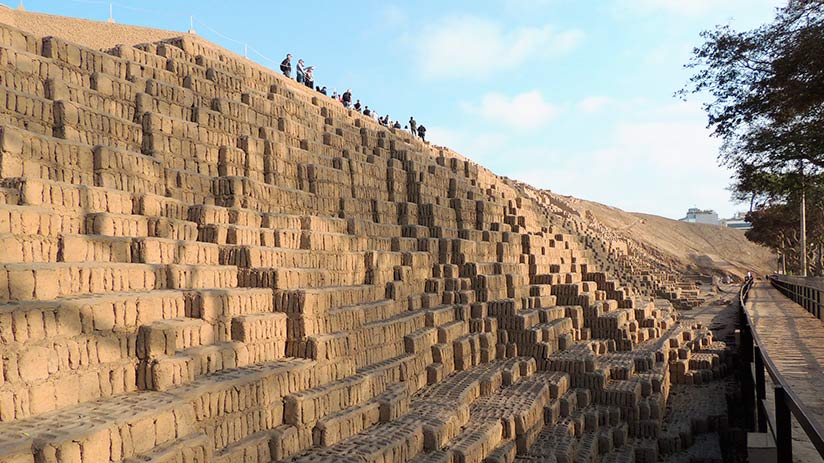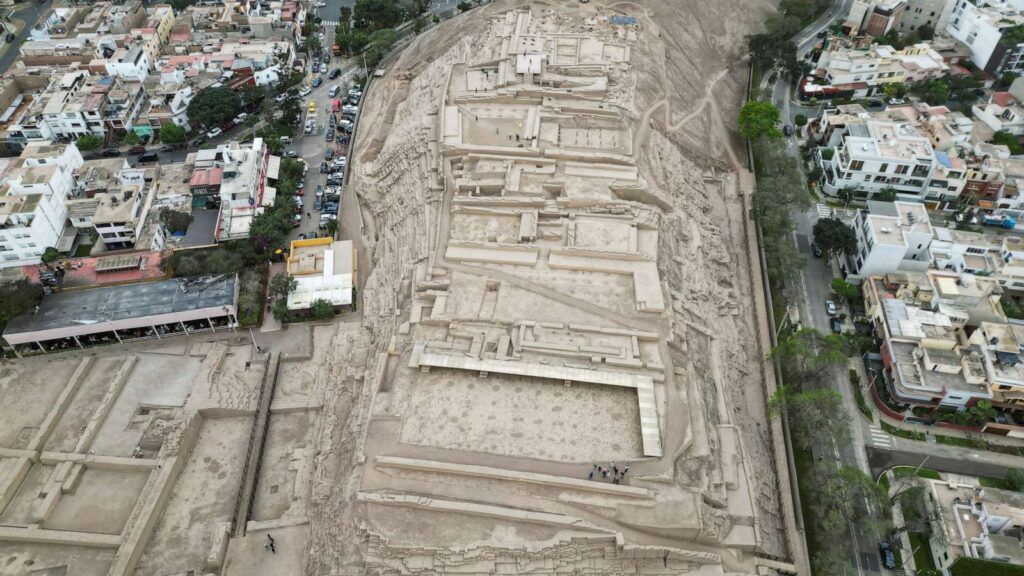When one considers the anthropological significance of Peru, most likely the mountain dwelling culture of the Incan Empire comes to mind. Sites such as Machu Picchu have garnered most academics’ attention when studying the ancient civilizations of South America. As someone who has gone to Peru and visited Machu Picchu myself, I cannot understate the magnificence of the site and the culture that erected it; however, it is unwise to think that it is the only incredible archaeological discovery in Peru.

On the coast of Peru, a country renowned for its picturesque mountains and valleys, is the capital city of Lima. At first glance it appears, like many other modern South American cities, to have colonial heritage with many of the buildings being remnants of Spanish conquest. However, in the middle of Lima’s affluent Miraflores district lies the Huaca Pucllana site, belonging to the Ychsma culture that occupied the area over a thousand years ago. Recently, a mummy dating back to the beginning of the Ychsma settlement of the area was discovered surrounded by ceramics and textiles. According to the head archaeologist of the site, Mirella Ganoza: “The uncovered mummy lived possibly as long as a millennium ago, at the beginning of the Ychsma culture that developed on the central coast of modern Peru during a period of social reorganization prior to the arrival of the Incas to the area”.

This discovery can be interpreted in a few different ways. Firstly, being in the middle of a city, it affects the normative perception of archaeology occurring in remote places. Differing very much from the standard archaeological site that one may think of, this site has been lived over for centuries. It is a drastic difference from the popular culture idea of sites being abandoned or untouched by humanity for many years. Ganoza highlights this in their address to the media stating: “I find it quite interesting that right in the heart of Miraflores, in the middle of the city, surrounded by modern buildings and constructions, an important site is still preserved, the Huaca Pucllana ceremonial center”. If this is the case, is it possible that there are other sites in urban developments that are yet to be found? It is exciting to imagine there are major archeological discoveries yet to be discovered could plausibly be right under our feet.
Beyond the discovery’s future implications of further excavations, it changes the general public’s perception of South American history and Anthropology. The site sheds light on the cultures that tend to be neglected when discussing South American history. The Ychsma, who are credited with building at least 16 pyramids in the area similar to the one the mummy was discovered, are believed to have dominated the central coast of Peru until the rise of the Inca Empire. Drastically different from the story of the Incans, the discovery of Ychsma sites paints a very different picture about the ancient history of Peru and the Andes region. Hopefully, with more discoveries like this we can begin to articulate the stories of lesser known ancient civilizations of the Americas in a manner these fascinating cultures deserve.
References/additional reading:
https://www.washingtonpost.com/world/2023/09/07/peru-mummy-found-ychsma/

Were the “ceramics and textiles” helpful in determining the mummy’s identity? What is their significance in relation to the mummy per se, as well as to the Ychsma culture? In other words, what do they say about this burial?